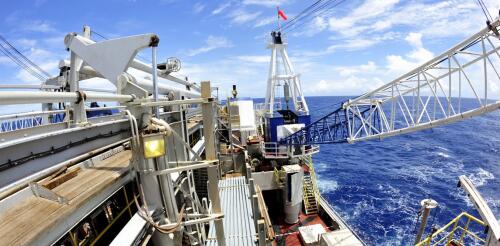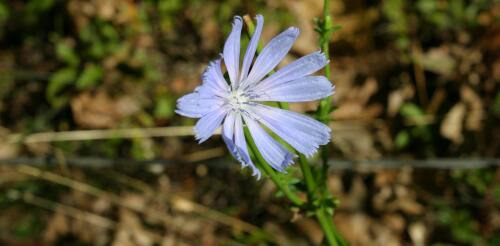Field research
My favorite place in the world isn’t a fixed location. It’s the JOIDES Resolution, an internationally funded research ship that has spent its service life constantly on the move, from deep in the Antarctic to high in the Arctic. Since 1985, scientific expeditions on this one-of-a-kind oceangoing laboratory have drilled 230 miles (370 kilometers) of sediment and rock cores – long cylindrical samples that provide a unique view of the ocean floor. The cores come from a thousand different locations, enabling scientists from many universities around the world to explore changes within the Earth. They also provide a window into our planet’s history. The ocean floor preserves a geological library that documents millions of years of climate change and evolution. The JOIDES Resolution leaves Honolulu in 2009. IODP/Wikipedia, CC BY Sadly, the JOIDES Resolution, also known as the JR...
Henry David Thoreau, the environmental philosopher and author of “Walden”, was a keen observer of seasonal change. In 1862, for example, he wrote in the Atlantic Monthly: “October is the month of painted leaves. Their rich glow now flashes round the world. As fruits and leaves and the day itself acquire a bright tint just before they fall, so the year near its setting. October is its sunset sky; November the later twilight.” Over the past 20 years, researchers have used Thoreau’s observations of plant flowering, leaf emergence on trees and shrubs, bird migration and spring ice melt on Walden Pond to study how these events have changed since the 1850s, largely in response to climate change. Ecologists have also pulled data for modern-day research from museum specimens, journals of hunting guides and bird and butterfly club reports. Comparisons with historical records have provided insights into shifts in the natural world caused by climate chang...

